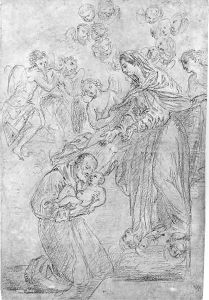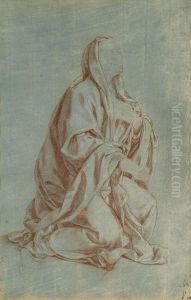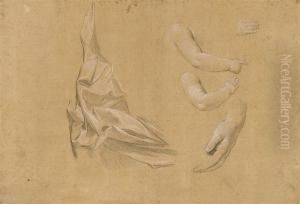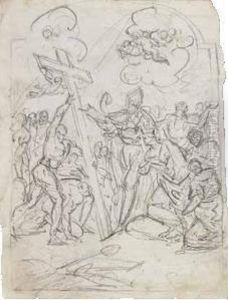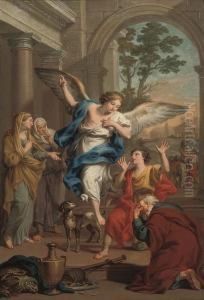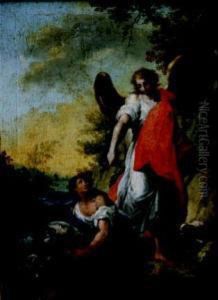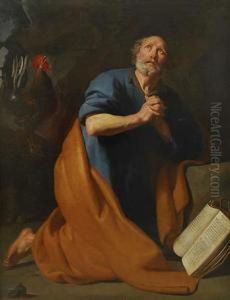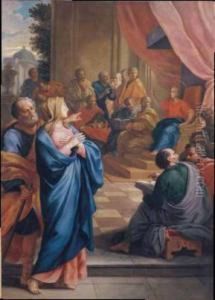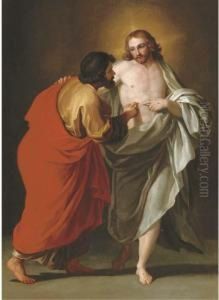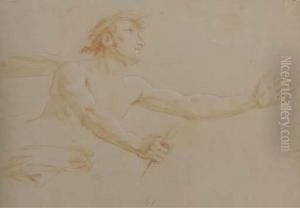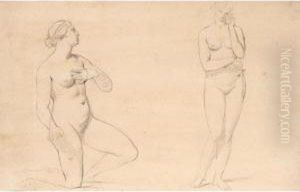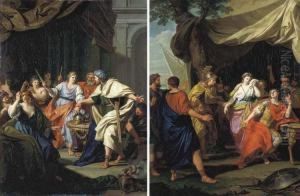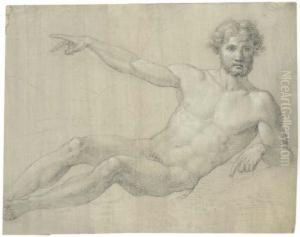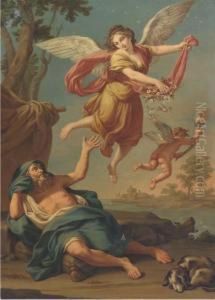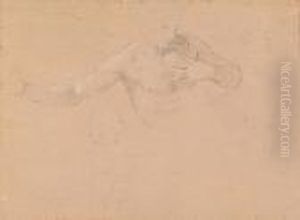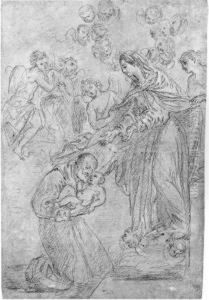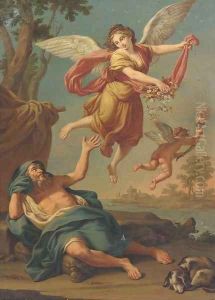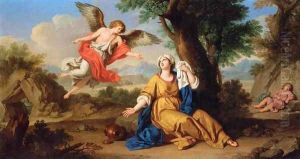Giuseppe Bottani Paintings
Giuseppe Bottani was an Italian painter and art restorer who was born in Cremona, Lombardy, in 1717. He is best known for his work in the Neoclassical style, which was gaining popularity during his lifetime as a reaction against the ornate Rococo aesthetic that preceded it. Bottani received his initial training in his hometown, but his artistic journey led him to Milan, where he furthered his studies and began to make a name for himself as a painter.
Bottani's work was heavily influenced by the classical art of antiquity and the Renaissance, reflecting the Neoclassical movement's emphasis on harmony, simplicity, and proportion. Throughout his career, he painted a variety of subjects, including historical and mythological scenes, portraits, and religious works. His style is characterized by clear composition, controlled brushwork, and a palette that often highlighted soft, muted colors.
In addition to his painting, Bottani was also involved in art restoration, which was a significant field of work during the 18th century as interest in preserving the artistic heritage of the past grew. He worked on restoring frescoes and other artworks, which required a deep understanding of older painting techniques and materials.
As an artist, Bottani was not only active in production but also in the academic sphere. He became a member of the Brera Academy, which was an important institution for the arts in Milan. There, he served as a professor, sharing his knowledge and skills with a new generation of artists and contributing to the spread of Neoclassical ideals in Italian art.
Giuseppe Bottani died in Mantua in 1784. His legacy lives on through his contributions to the Italian Neoclassical movement and his role as an educator. Today, his works can be seen in various art collections and museums, where they continue to be studied and appreciated for their clarity of form and historical significance.
